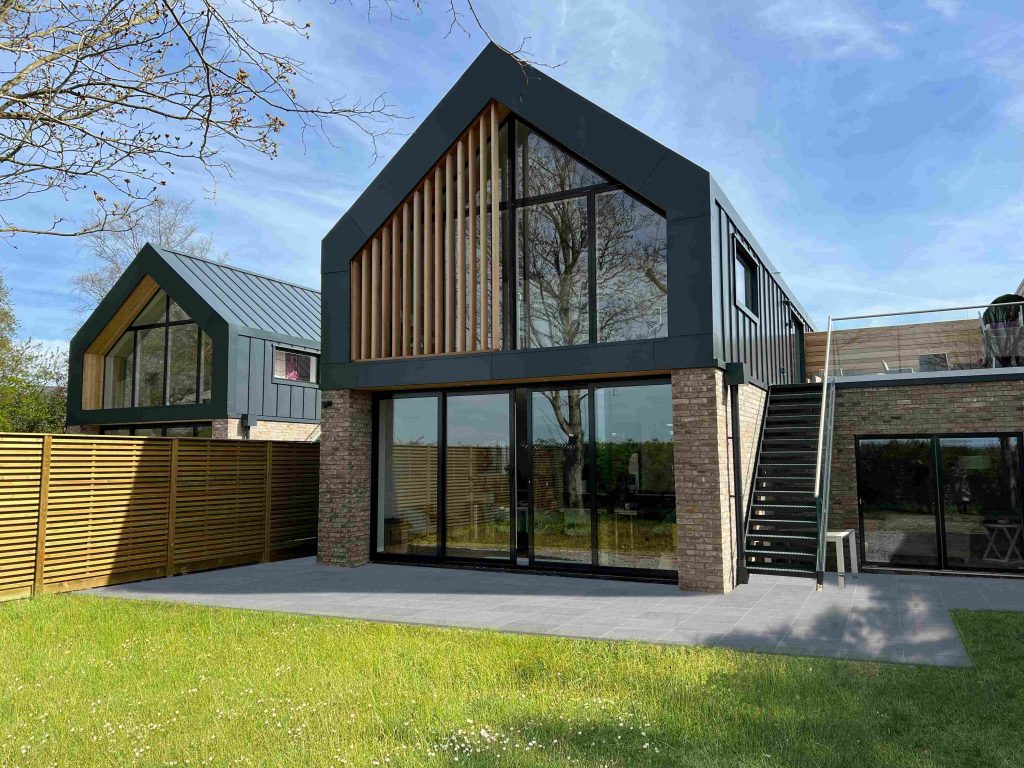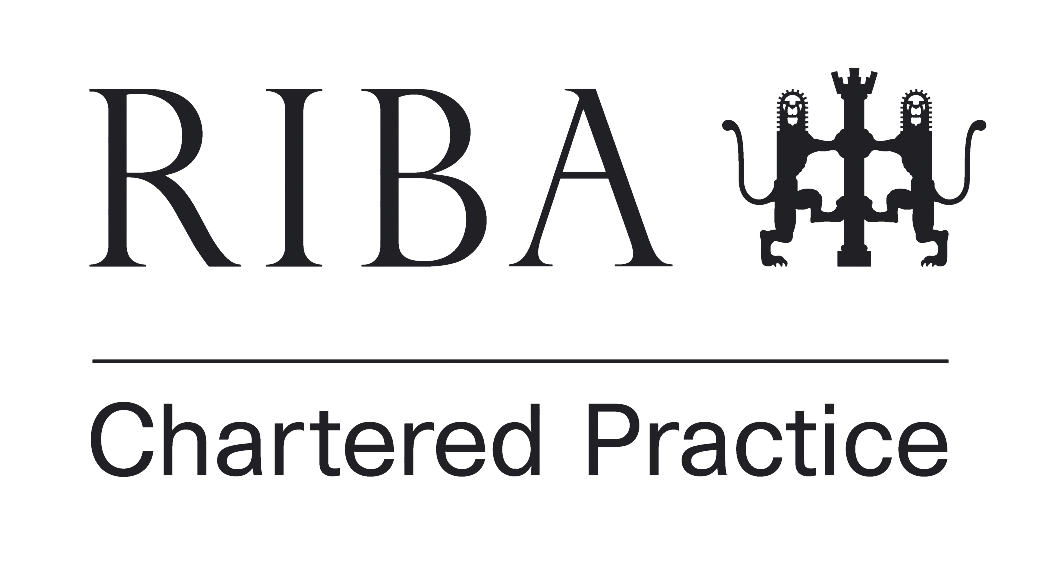5
Jan
Exploring the Pros and Cons of Timber Frame in Home Construction
In recent years, there has been a remarkable surge in the popularity of timber frame as a primary methoud for constructing homes. This trend reflects an increasing appreciation for sustainable building practices and the numerous benefits timber offers in the construction industry. As more homeowners and builders seek eco-friendly and efficient solutions, timber has emerged as a versatile and attractive option for creating comfortable living spaces.One of the pivotal advantages of timber in home construction lies in its adaptability to various building methods, notably prefabrication. Prefabricated timber frames are revolutionizing the construction landscape due to their rapid assembly on-site. These frames, crafted off-site under controlled conditions, accelerate the building process significantly. The speed of erecting prefabricated timber structures not only reduces construction time but also allows for earlier commencement of interior works, thereby expediting the overall completion of the home.
Moreover, the evolution of construction techniques has introduced innovative methods like structurally insulated panels (SIPs), which further enhance the advantages of timber frame in home building. SIPs consist of a sandwich of timber-based panels bonded to a rigid insulating core. These panels offer exceptional thermal performance and structural integrity, providing homes with superior energy efficiency and robustness. The precision in manufacturing SIPs ensures tight-fitting panels, reducing heat loss and bolstering the overall insulation of the property.
Advantages of utilising timber frame in home construction extend beyond the methods of assembly. Timber’s eco-friendly nature and sustainability contribute significantly to its appeal. The material's ability to sequester carbon dioxide makes it a compelling choice for environmentally conscious individuals. Unlike finite materials like concrete or bricks, timber is renewable, provided that responsible forestry practices are adhered to, ensuring a continuous supply of this natural resource.
Additionally, the cost certainty associated with timber frame construction is a significant factor. Despite potentially higher initial costs for pre-designed timber frames or SIPs, the predictability of factory expenses results in more stable overall expenditure. This advantage alleviates concerns about fluctuating costs typically associated with traditional on-site construction methods.
However, alongside these advantages, it is crucial to consider some drawbacks associated with timber in home construction. Acoustic insulation may not match that of denser materials like concrete or masonry, potentially leading to sound transmission issues within the house. Addressing this concern may require additional measures during construction.
Condensation can also pose a challenge in timber frame structures if proper design and precautions aren’t taken. Rot and infestation, although manageable with proper maintenance and treatments, remain potential risks for external timber elements if neglected.
There exists a perception that timber frames are more fire-prone. However this is not always the case, when larger sections of timber burn, the outer parts char and do not burn protecting the structural centre from damage, making timber frame fairly fire resistant. This being said, just like steel timber usually requires some level of fire protection and fire risk can increases if adequate fire protection measures aren’t implemented during construction or if the frames are not erected correctly.
In conclusion, the use of timber in home construction offers a multitude of advantages, ranging from sustainability and rapid assembly to cost predictability. Embracing modern construction methods like prefabrication and SIPs further amplifies timber's benefits. Nevertheless, careful consideration of potential drawbacks such as acoustic performance, condensation issues, and fire risks is imperative when opting for timber in building your dream home. Making informed choices about materials and construction techniques will ensure a harmonious balance between the advantages and challenges presented by timber in the construction of homes.
https://www.nparchitects.co.uk/contact-us/



